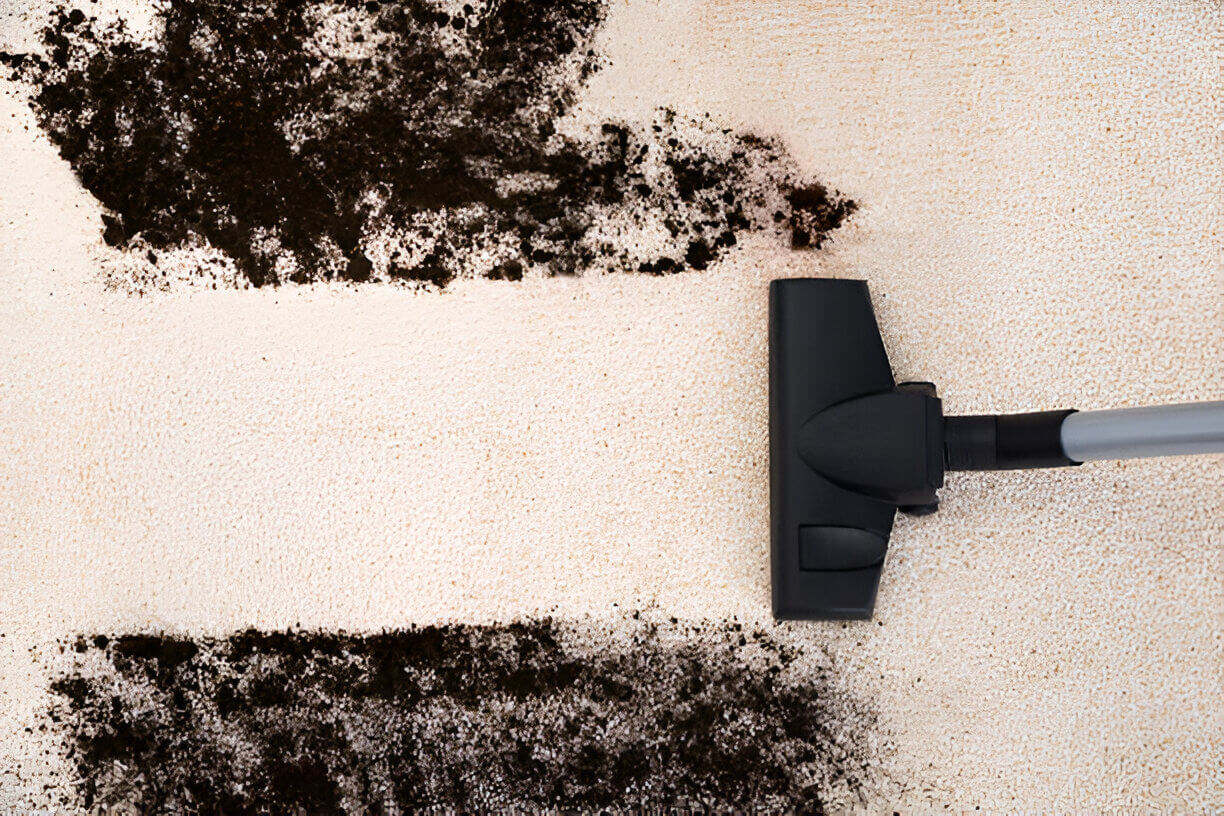Newly invested carpets can elevate any space, but oftentimes, the thrill quickly fades when the carpet starts emitting a persistent chemical odor. Such not-so-pleasant odors coming from your newly installed carpet are a common issue, however, they don’t have to be permanent.
In this detailed blog, we will explain why your newly installed carpet smells in the first place and provide remarkable strategies to get rid of the new carpet smell, ensuring you enjoy the luxurious feel of your carpeted space.
Six Amazing Methods To Banish New Carpet Smell
Before discussing the solutions to tackle the smell lingering from your newly purchased carpet, it is important to understand why it stinks. That unpleasant odor coming from your new carpet is due to a set of chemicals known as Volatile Organic Compounds (VOCs).
While manufacturing, these VOCs are used in various sections of your carpet, including backings, fibers, and paddings. And Once the carpet is unrolled and installed, these freshly released VOCs evaporate and mingle with the air, creating that distinct ‘new carpet smell’.
1. Ensure Proper Ventilation
One of the easiest ways to get rid of the new carpet smell is to ventilate your carpeted space. Start with opening all windows and doors and keep them open for 72 hours (a minimum of three days).
Additionally, you can turn on overhead fans or dehumidifiers to speed up the process. This will ward off much of the lingering scent your newly installed carpet produces.
2. Vacuum Vigorously
Another effective key to eliminating new carpet smell is a thorough vacuuming. The in-built suction of a vacuum cleaner creates airflow within the carpet pile, circulating fresh air and carrying away lingering VOC odors. So grab your vacuum and give it a try.
3. Invest In Potted Plants
In addition to vacuuming, you might want to think about using potted plants as a way to deal with the new carpet odor. Plants such as pothos, peace lilies, and rubber plants are effective at reducing and removing VOCs, resulting in healthier and fresher air quality in your newly carpeted space.
4. Tackle The Smell With Vinegar
Besides removing mildew odors and common stains from carpets such as food or pet urine, vinegar can also eliminate the volatile organic compounds released by new carpets. This is because of its slightly acidic nature, which can counteract the alkaline VOCs.
Combine one cup of vinegar with one cup of water in a spray bottle, shake thoroughly, and then spray the mixture over the entire carpet, allowing it to sit for an hour or two before blotting it up using an absorbent towel to dry it.
5. Use Baking Soda Alternatively
Contrary to the popular perception that baking soda is used merely to deodorize the carpet, it can actually be an effective option to remove freshly released VOCs from your newly installed carpet.
Just sprinkle a generous amount of baking soda on your carpet, let it sit overnight and at dawn, simply vacuum up the powder. (Repeat, if the odor persists)
6. Think Of A Deep Cleaning
In addition to the above-listed options, you can try a powerful but effort-demanding approach to remove the VOCs. Deep cleaning utilizes powerful hot-water extraction equipment and specialized detergents to penetrate the carpet fibers, effectively extracting and eliminating the VOCs trapped within.
Caution: If the odor seems too stubborn, consider hiring a professional carpet cleaner with experience handling VOCs to minimize the risks of damaging your carpet.
Let’s Wrap It
The excitement of a newly installed carpet, helping to enhance your space, is on a whole different level. But what if it starts emitting VOCs (unpleasant odors)?
Well, if it does, there’s nothing to despair about, as whether you choose to invest in potted plants or opt for a deep cleaning method, numerous options guarantee you get rid of the new carpet smell and enjoy the luxury of your newly carpeted space.
You can also read: Different Types Of Fire And Smoke Damage







